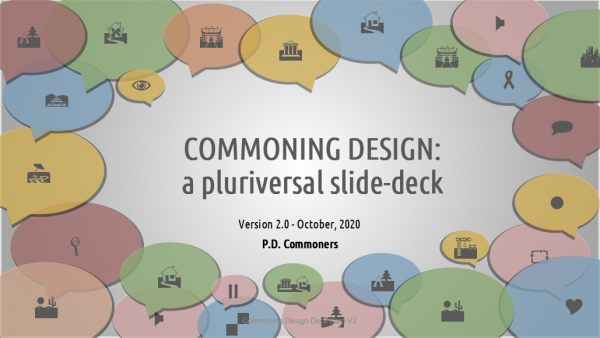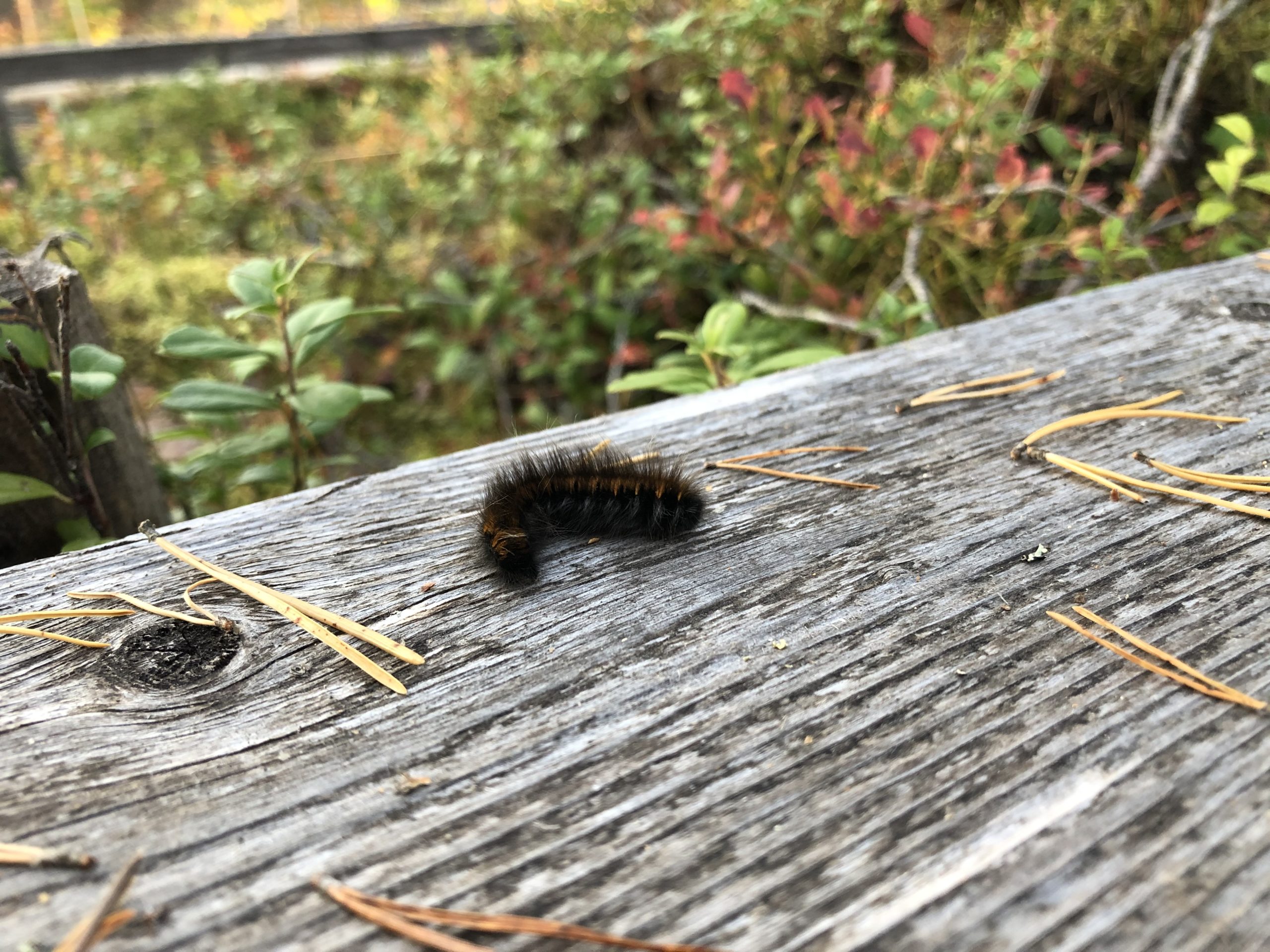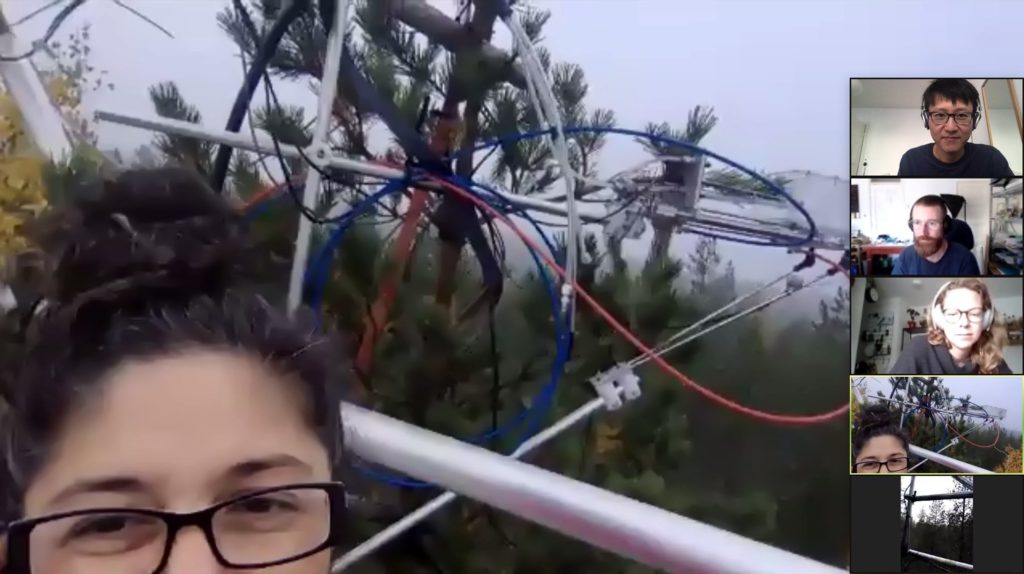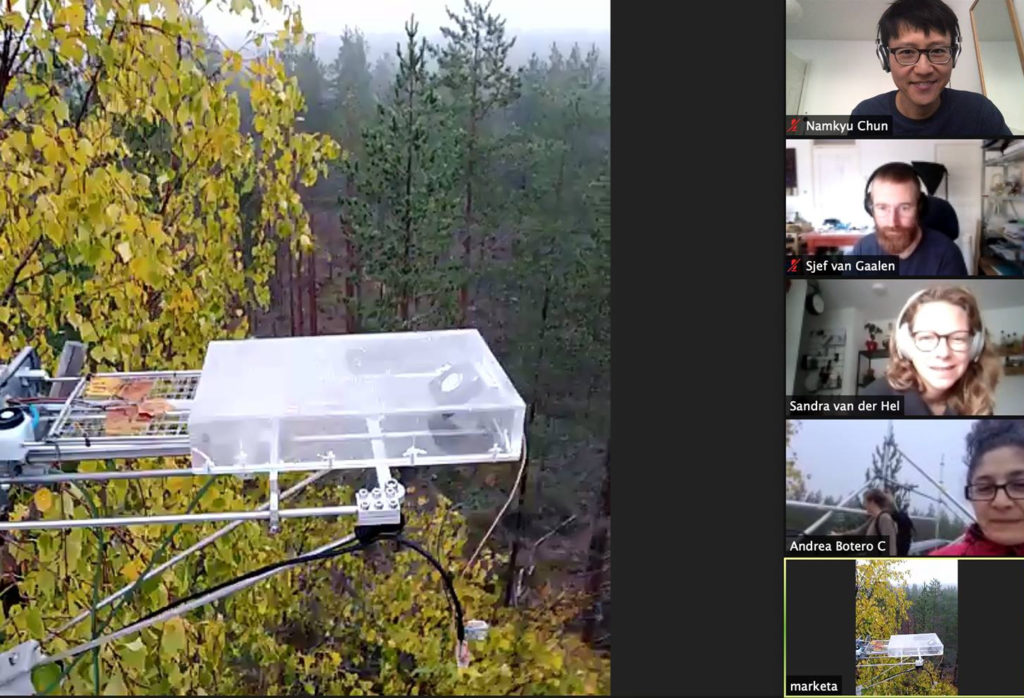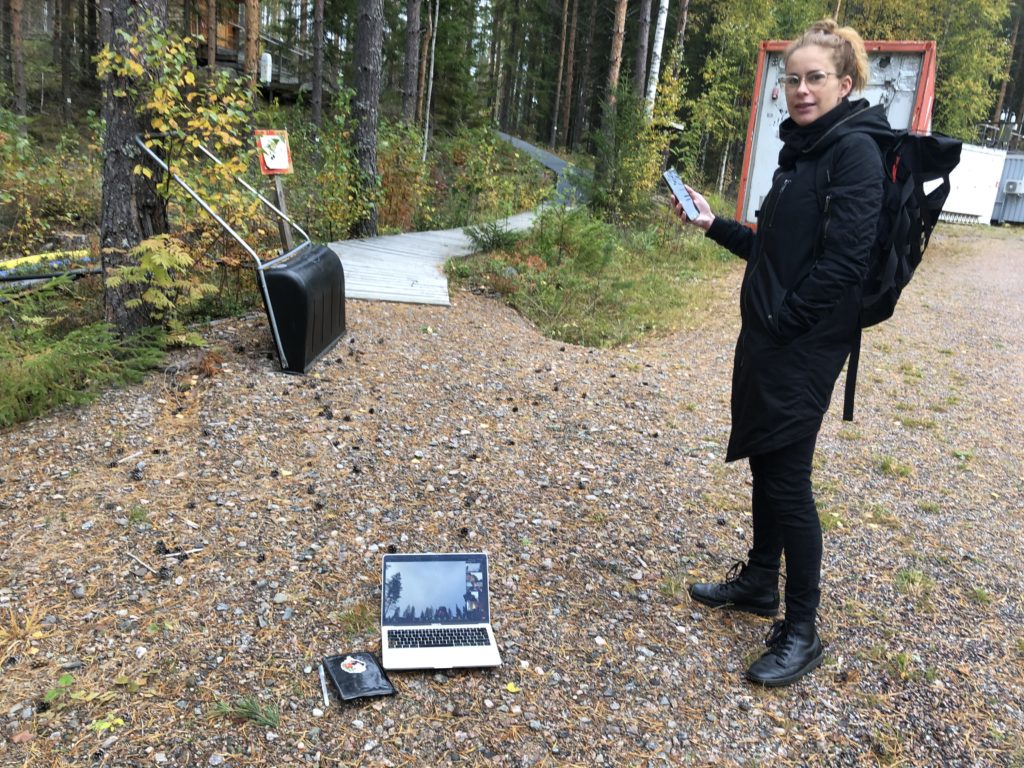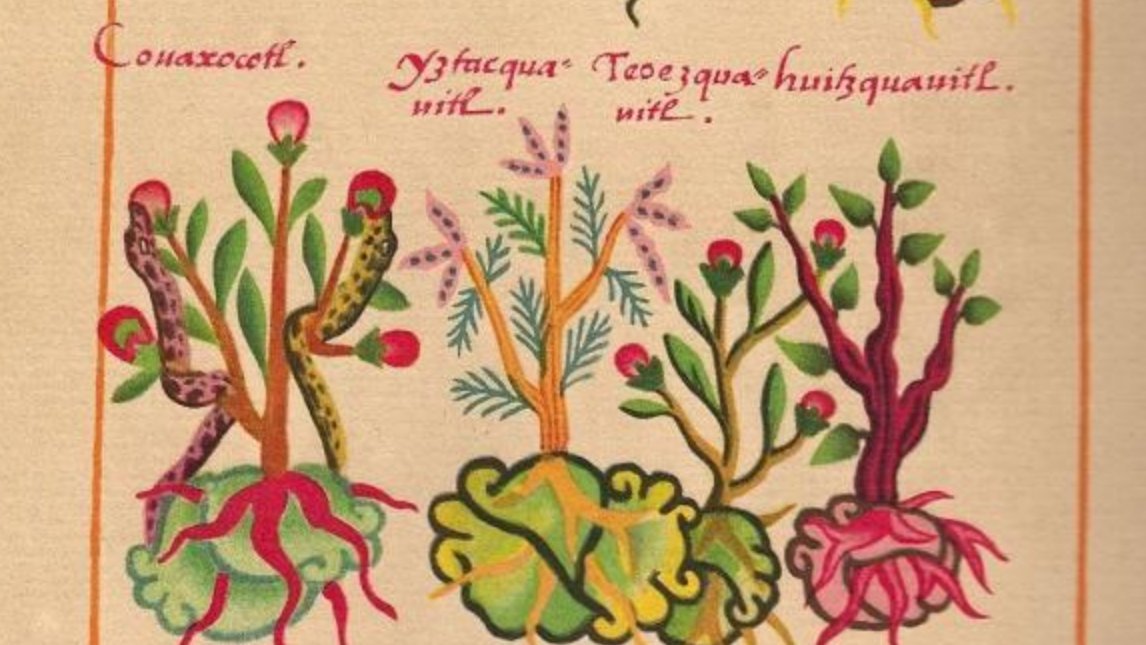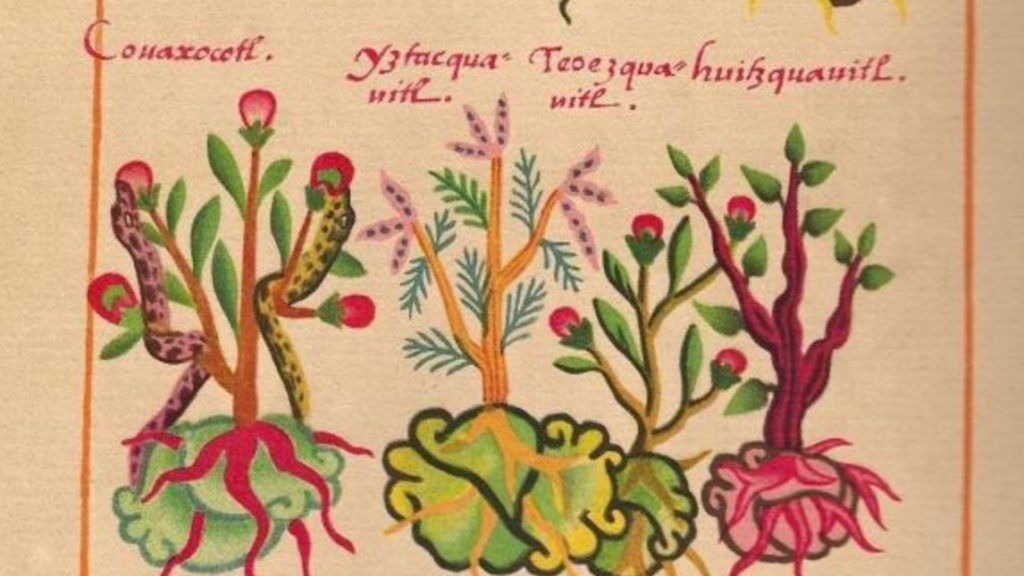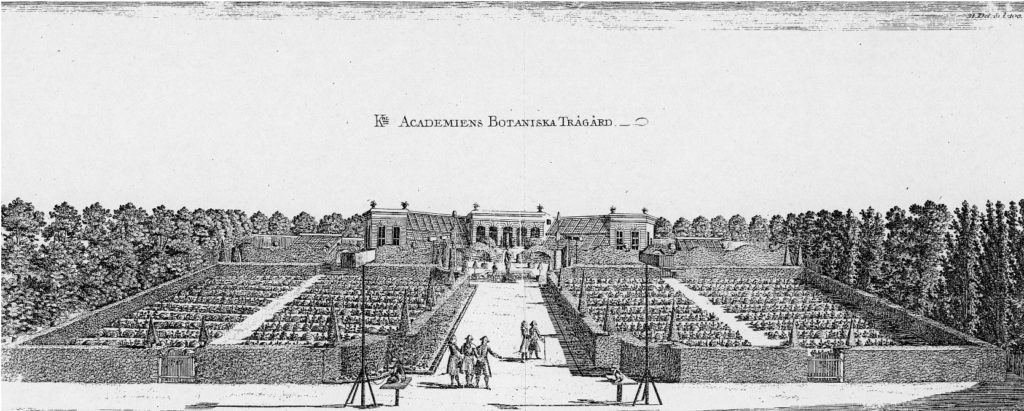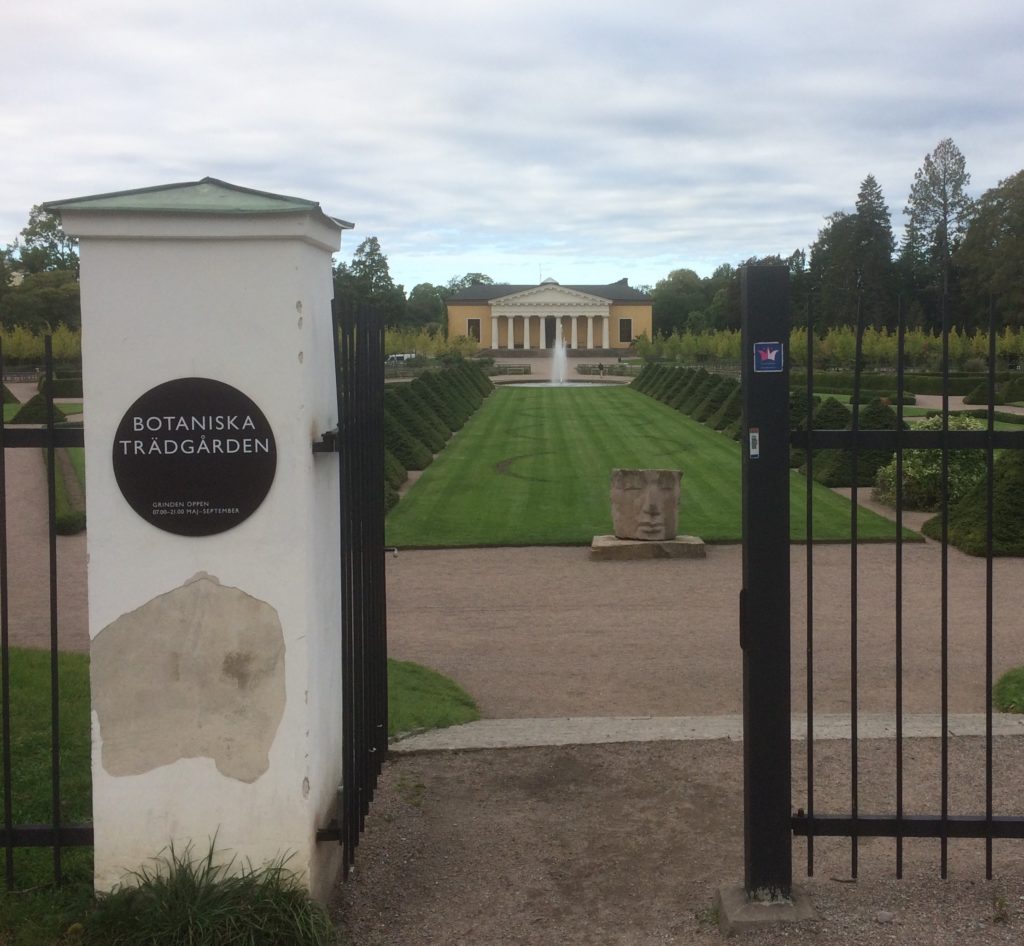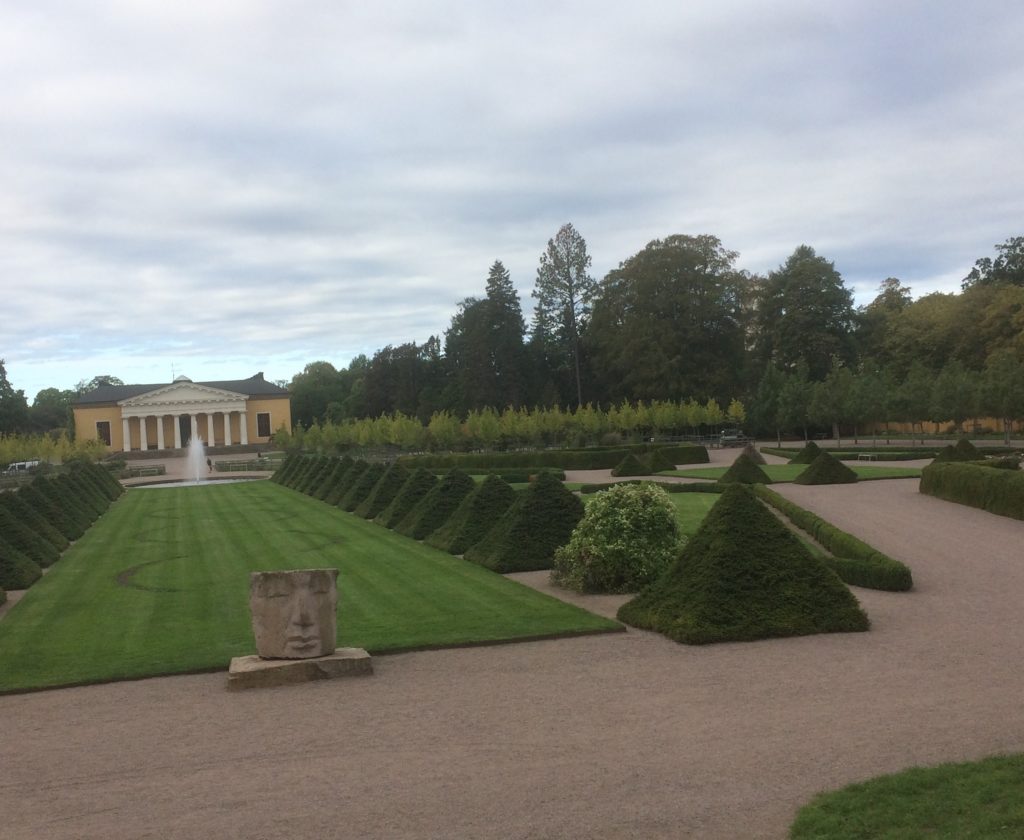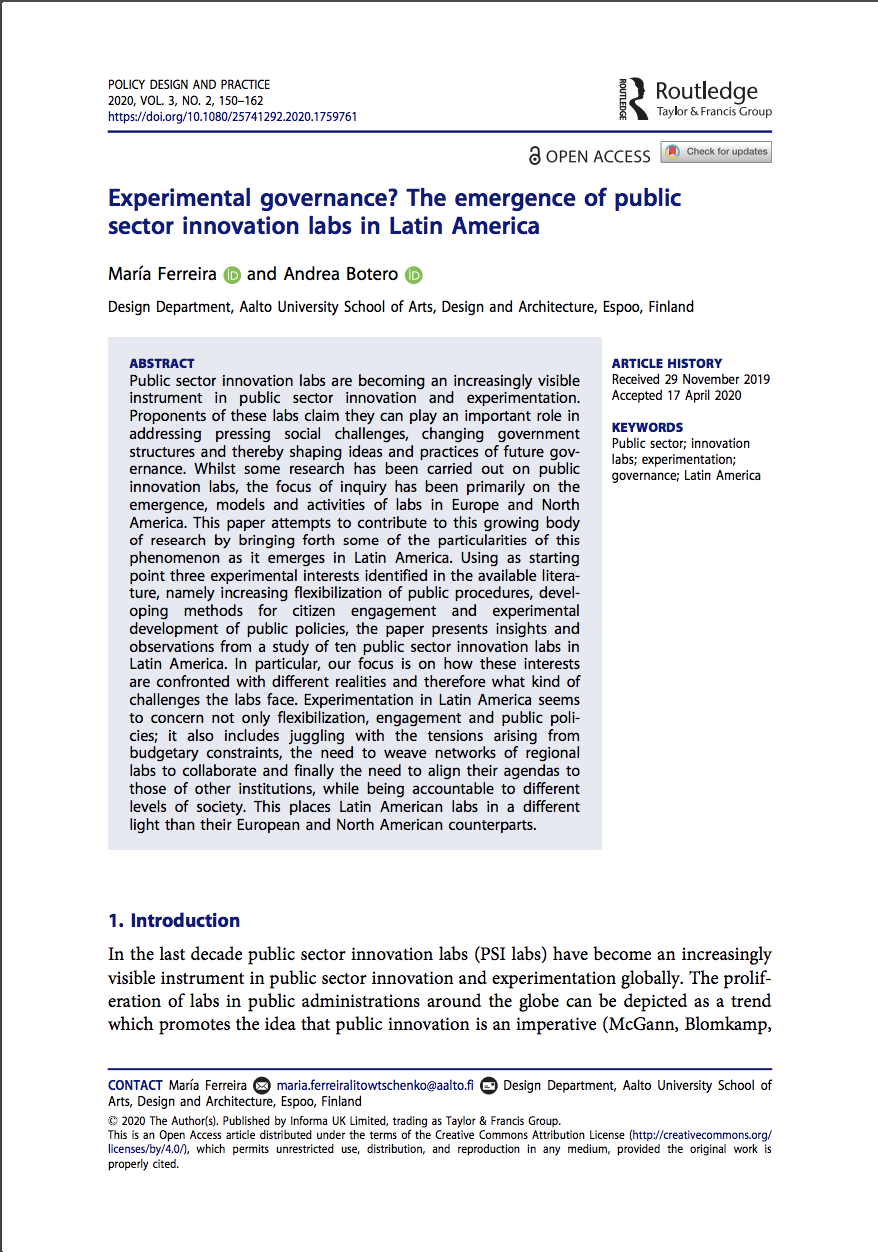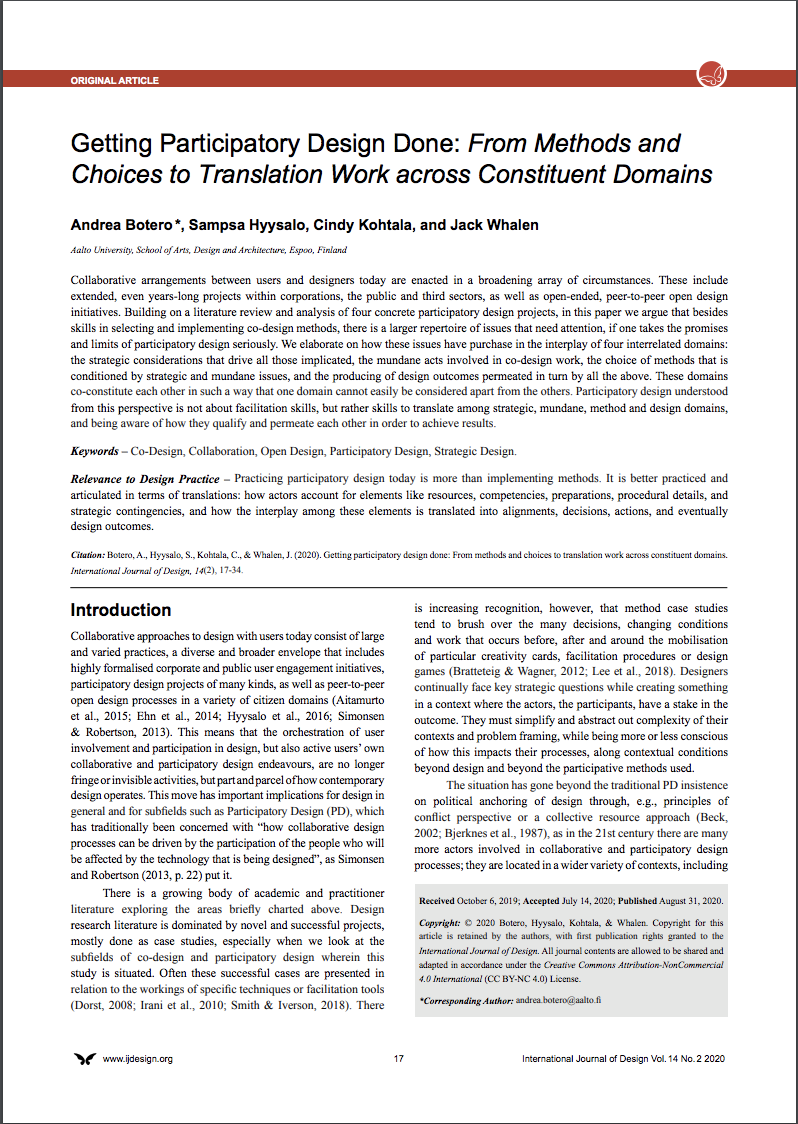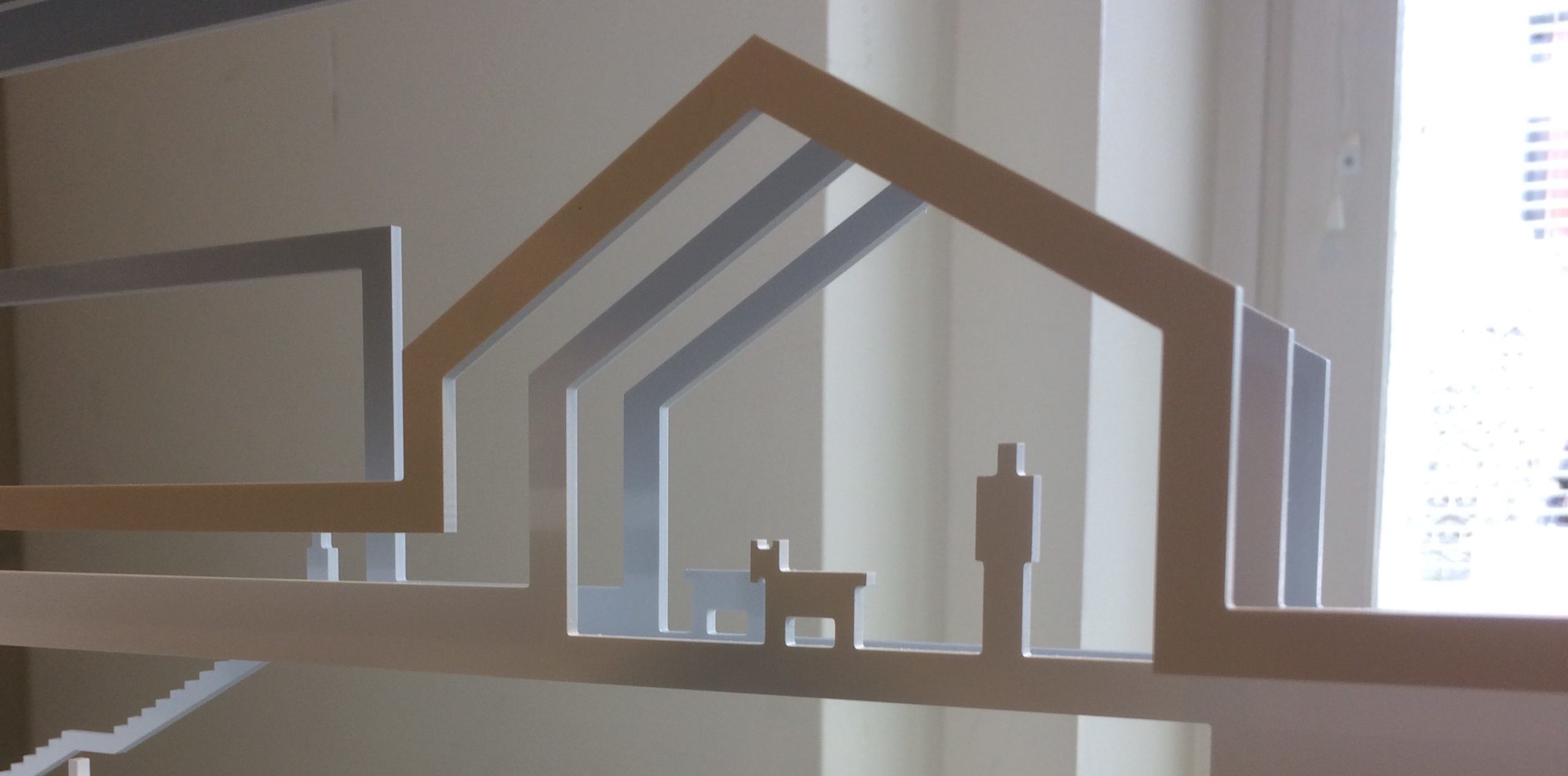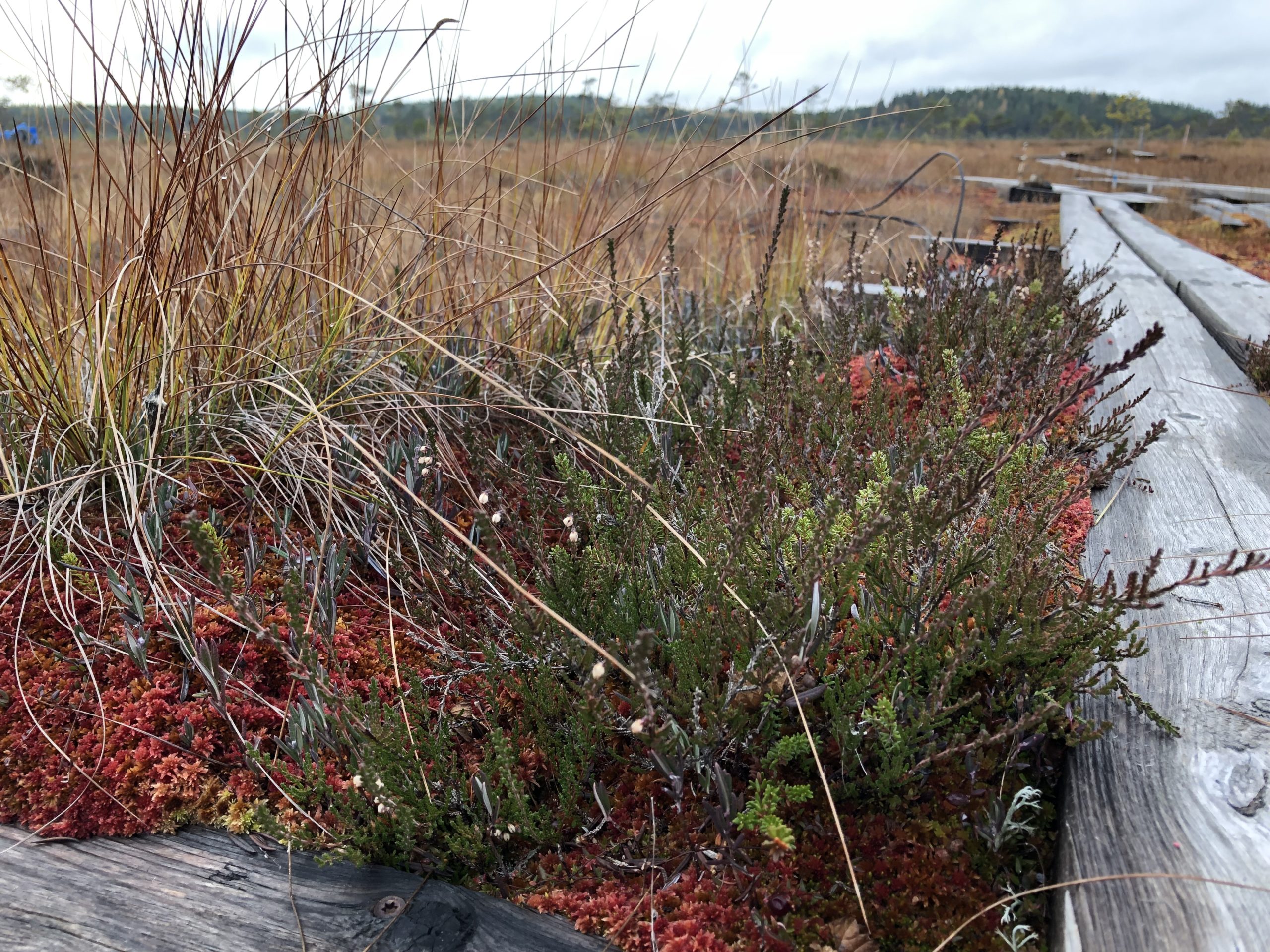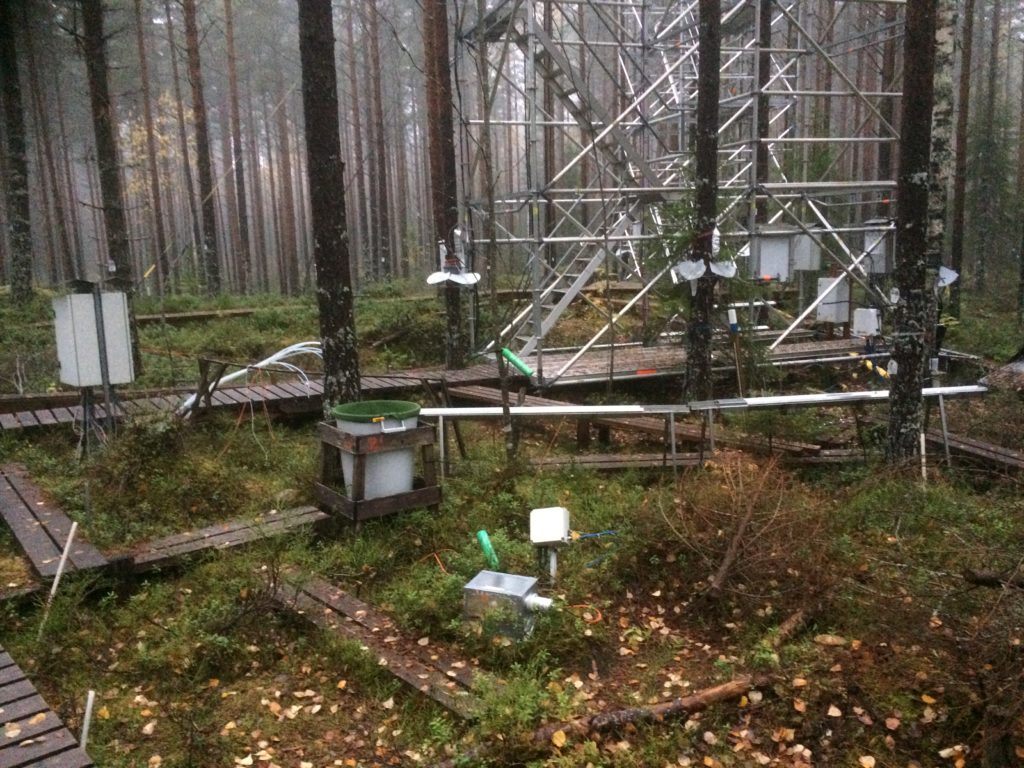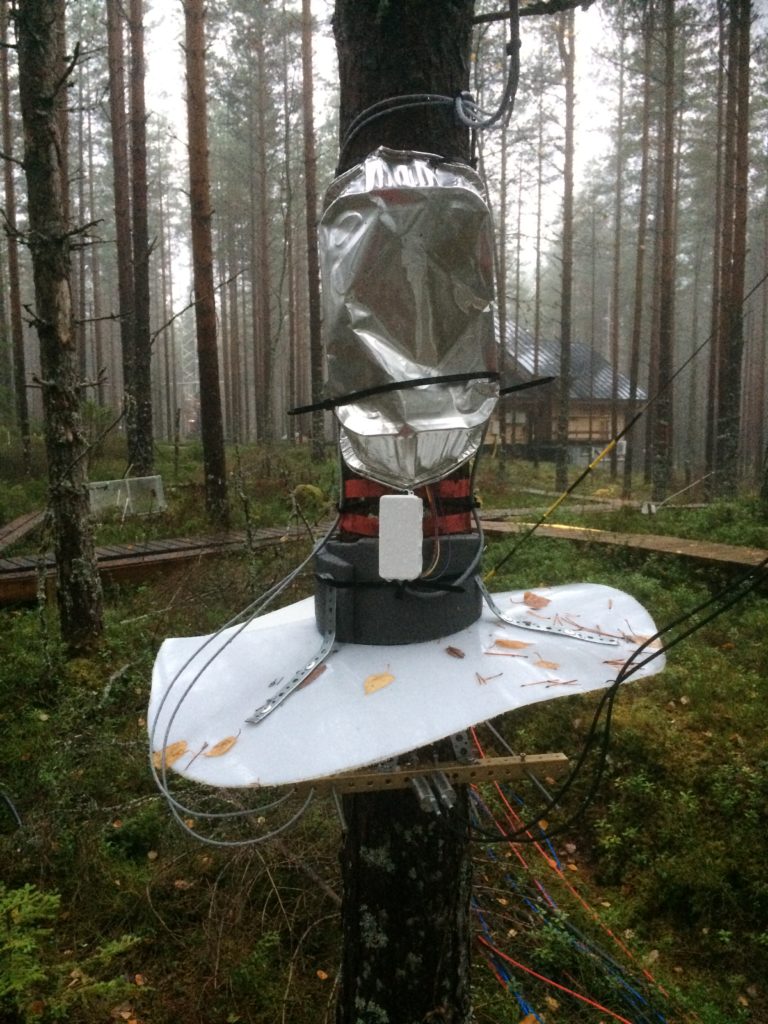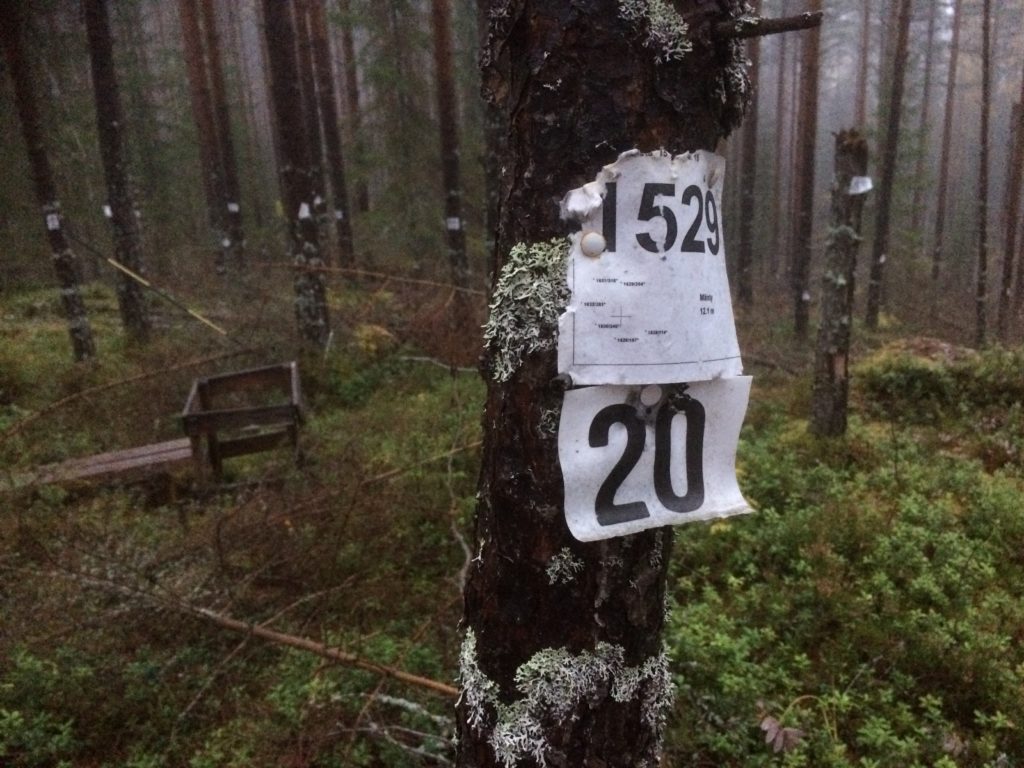This deck was compiled to support conversations between people curious about the relation between commoning and design(s). The deck provides a shared vocabulary to talk about different ways of the relationships between commoning and design.
We say pluriversal because we do not think this deck represents the best practices out there, or a universal vision on the relationships between commoning and designing. Instead, this deck makes a humble attempt at recognizing the plural ways in which commoning and designing are locally redefined on a daily basis.
P. D. (2020, October 22). Commoning Design: A Pluriversal Slide-Deck V2. https://doi.org/10.5281/zenodo.4117771
